Environmental Lab Analysis
|
| |
Treatability study
|
 |
| Why treatability study is important? |
 |
 |
To identify the problem and pollutant |
| |
 |
To estimate the cost of the plant construction and treatment |
| |
 |
To study the compatible method of treatment for a specific pollutant |
|
| |
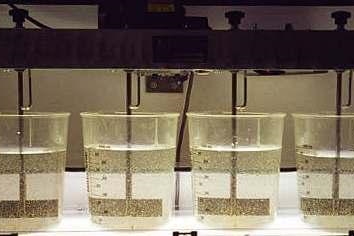 |
| |
 |
| |
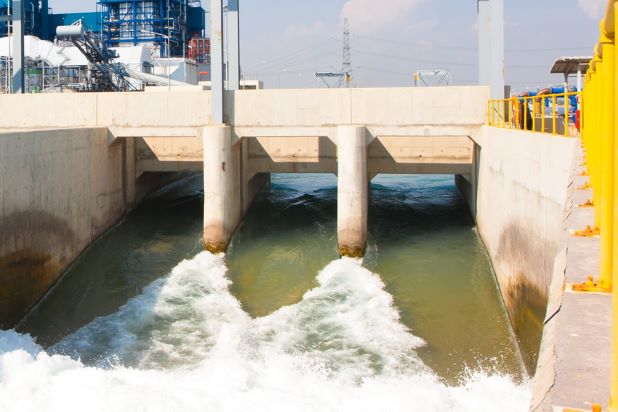 |
| |
Industrial Effluent Characteristics Study (IECS)
|
 |
 |
To investigate the chemistry of the waste water sample |
| |
 |
To study the flow pattern and flow rate of the waste water discharged from the production line chemistry of the waste water sample |
| |
 |
To study the flow pattern and flow rate of the waste water discharged from the production line |
|
| |
 |
| |
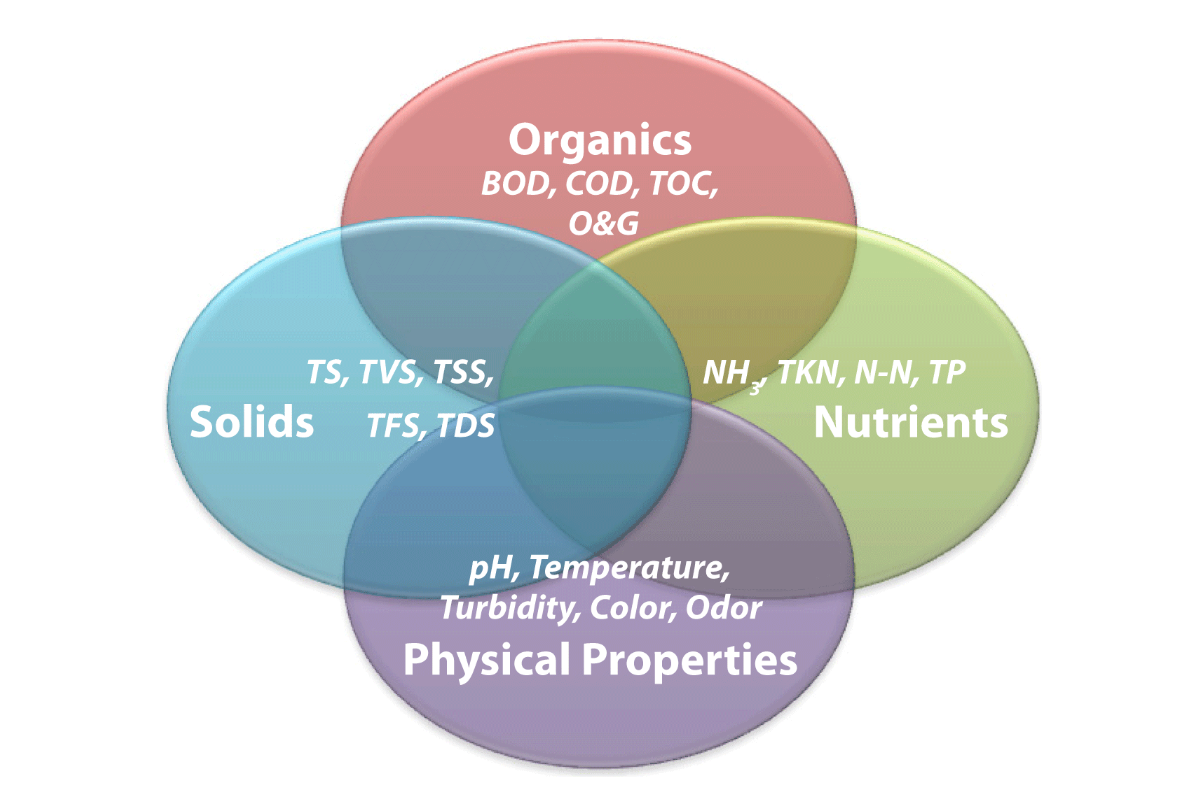 |
| |
Stack Monitoring
|
 |
 |
To evaluate the characteristics of the emissions from the industrial waste gas streams. |
| |
 |
Particulate pollutant determination is carried out by sampling systems. |
| |
 |
Gaseous pollutant monitoring is carried out by manual methods or instrumental. |
|
| |
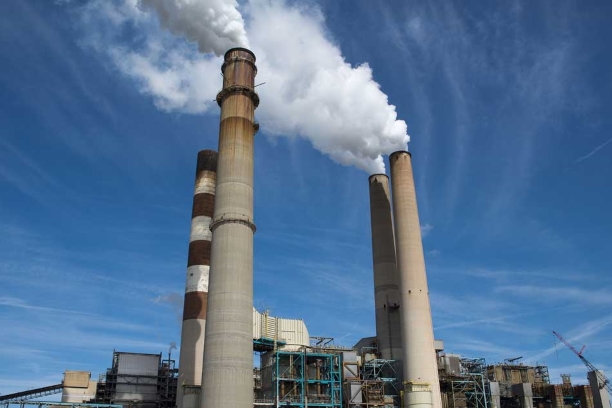 |
| |
Local Exhaust Ventilation (LEV) Monitoring
|
 |
 |
LEV monitoring is carried out to study the efficiency of the system in removal of the contaminants from an exhaust system according to DOSH and DOE requirement. |
|
| |
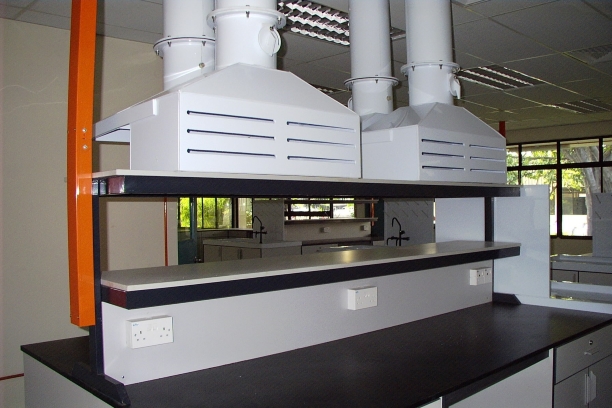 |
| |
Noise Risk Assessment
|
 |
 |
Noise Risk Assessment conducted at the work place as required by the OSH (Noise Exposure) Regulations 2019. |
| |
 |
Noise Risk Assessment is necessary if the workplace involve job task with noisy power tools or machinery, detonations, construction, manufacturing and foundries. |
|
| |
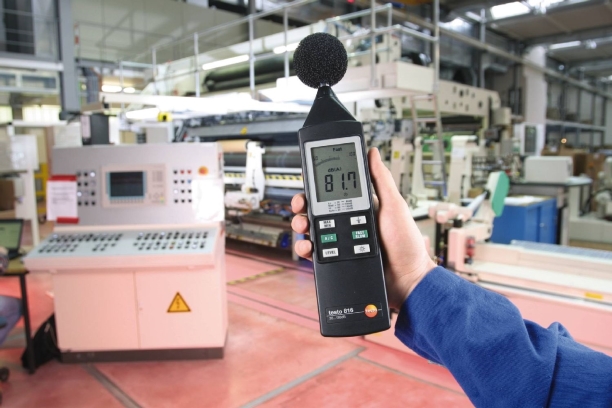 |
| |
Chemical Health Risk Assessment (CHRA)
|
 |
 |
CHRA is conducted to assess the use, handling, storage or transportation of chemicals that hazardous to health. |
|
| |
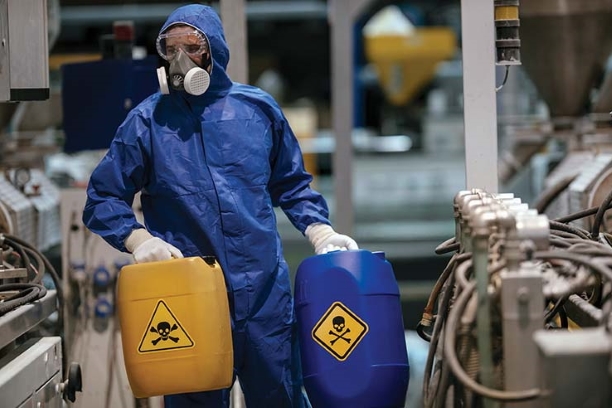 |